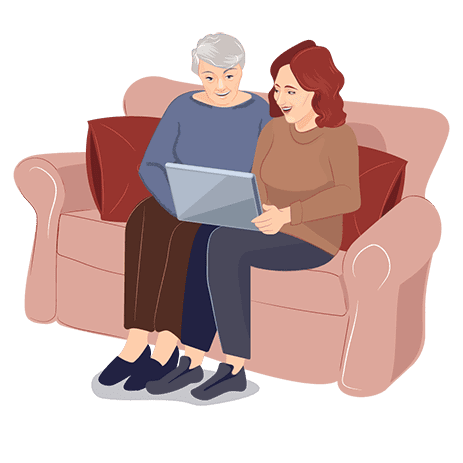
There are several ways to define elder abuse. There are three components to elder abuse: Intent, Victims, and Treatment. In some cases, however, abuse may take place without any intention. The intention is to cause distress and injury, not to help the victim.
Intent to cause distress or harm to an older person
An intent to cause injury or distress to an old person is a serious crime. This could include causing pain, coercion, drug-induced restraint or mental anguish. It may also involve sexual abuse or non-consensual sexual contact. Although they may have good intentions, the person causing the harm might not be doing their best.

Victims
Elder abuse victims are often subject to psychological and physical abuse as well as financial exploitation. The likelihood of elder abuse increases if family members are victims of abuse themselves or have a history. Risk factors that increase the likelihood of elder abuse include financial hardships, mental illness and stress. Elder abuse can also affect family caregivers. Elder abuse is preventable.
Elder victims might need assistance getting to court hearings, meetings, or medical appointments. They may not have relatives nearby or are unable to travel by public transport. A mobility aid or wheelchair may be required. In this case, victim service providers should consider providing them with a list of local agencies to assist them with the situation.
Treatment
Elder abuse is complex and can have many different causes. You can experience financial, sexual, or psychological abuse. When someone pushes or hits an elderly, it is called physical abuse. While psychological abuse refers to coercive or dangerous behavior. Other types of abuse include abandonment and failure to provide basic needs.
Neglect is the most prevalent form of elder abuse. It can cause harm to an elderly person's mental or physical health if they fail to take care of their elders. Financial exploitation of older individuals is another major problem. Fraudulent charities as well as fake contests targeting the elderly are common. Also, spurious investments opportunities are common. Additionally, unprofessional caregivers could misappropriate cash, credit card funds, and victims' identities.

You can stop elder abuse with several interventions. Therapy is one option. An elderly person can be helped by a licensed therapist to overcome tension and trauma, and make a plan for safety. Therapy can be performed in a group, individual, or family setting. Therapy helps victims overcome stigma and shame. It also helps them learn ways to cope with stress. It can help caregivers treat any underlying mental illnesses.